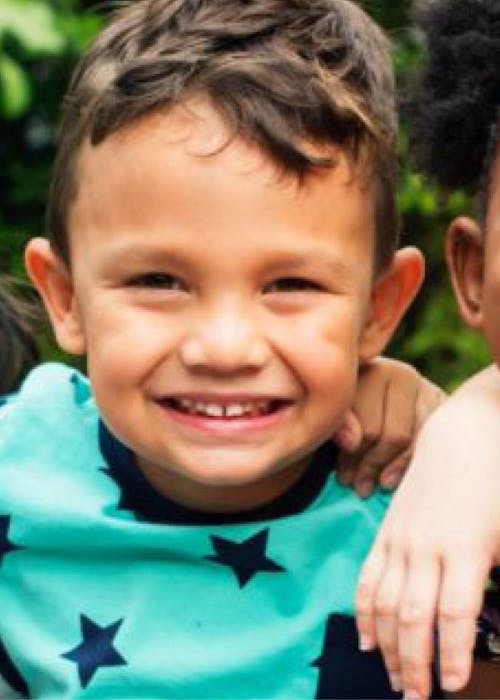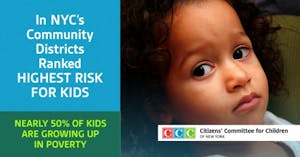

Ranking Risk: Why It Matters
Insights
March 6, 2017

Data can tell powerful stories about people’s lives and the conditions in which they live. But today, it can sometimes feel like we have so much data, we’re not sure where to start or how to make sense of it all.
With our internationally-renowned Community Risk Ranking, we aim to help people zero in on the most important data and understand what they tell us about children’s lives and circumstances in a clear, digestible way. We pay special attention to the places where risks concentrate because research has shown that the more risk factors present in the life of a child, the greater the negative impact on that child’s well-being. While the presence of one risk has a negligible impact on well-being, the presence of two or three increases the chance of damaging outcomes by four, and the presence of four or more risk factors increases that chance by a staggering ten.
To analyze the level of risk in each community, we compile information from 18 indicators widely accepted as strong indicators of well-being in six key domains – economic security, housing, health, education, youth, and family and community. Some of the indicators we use include the child poverty rate in the economic security domain, the infant mortality rate in the health domain, the teen birth rate in the youth domain, and adults without a high school degree in the family and community domain. These indicators and the others we use tend to be reliable proxies for child well-being in each domain area.
Once we’ve analyzed the data on each indicator in communities across the city, we rank each of New York City’s 59 community districts from highest to lowest risk, and place each community in one of five risk categories: highest risk, moderate-high risk, moderate risk, moderate-low risk, and low risk.
By ranking communities by domain, the risk ranking tells us which communities are facing the greatest risks to child well-being, and in which issue area. That lets us clearly see, for example, that children and families in Jamaica/St. Albans face barriers in terms of health, while children in Coney Island struggle in terms of economic security. This information allows us to identify where community needs are most dire and gives us a fact-based platform to discuss practical solutions.
The Community Risk Ranking now exists on Keeping Track Online, allowing users to understand where risks concentrate more easily than ever before. Armed with this information, government leaders, child advocates, service providers, and concerned citizens can work together to reduce the risk factors our children face and improve child well-being throughout the five boroughs.



